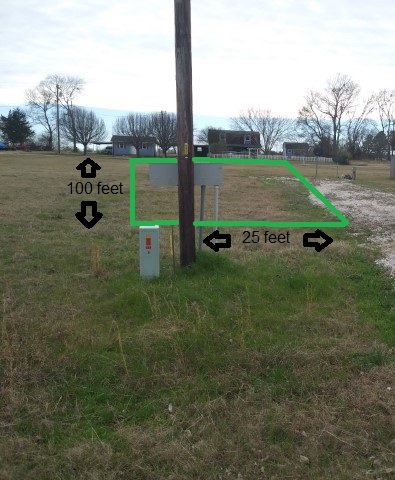djw2112
Well-known member
Anyone ever install something like this before?
https://www.amazon.com/Rain-Bird-32ETI-Automatic-Sprinkler/dp/B00K72WU3Q
I am thinking if i want to do a sprinkler system now would be the time before i start living on the lot in texas. Half of my 50x100 foot lot is texas prairie grass (see pic), my plan was to remove the prairie grass and plant kentucky blue grass. I chose blue grass because i tried texas bermuda many years back and did not like the runners or the coverage. I know that over many years one can manipulate texas bermuda to be thick and wonderful (if you have the patience to do so) but i dont have the patience for that, plus grasses like kentucky blue grass will stay green all year here in texas and they will get thick and cover much better much quicker than bermuda will.
First i need to think about how i will clear the prairie grass, rent a sod cutter, weed and grass killer, or renting a skid-steer loader. If i do the chemicals then i have to wait a few months or it will kill my new seed. If i do the skid-steer loader (which is the easiest and fastest way, then ill have huge tracks all over in the soft soil and ill have to end up bringing in tons of dirt to level it. But if i do the sod cutter yes it is more work but ill have a much flatter surface to seed, although i may still need to rent a roller or tapper to level some parts. So the hard part is just getting the old grass removed and the ground somewhat flat.
Once the prairie grass is gone and the 25x90 feet of ground is level then i can put in the sprinker then before i seed. I think the kit linked above has just enough tubing to do the job and the reviews on amazon seem to be overall good, and its a great price for everything in a box.
But in this part of texas we do get quite a bit of rain so do i even need a sprinkler system. It would be nice while getting it to germinate to not have to remember to keep it wet and let the system do it for me.
It is probably not worth getting a riding lawnmower for the little bit of grass i will have.,
I am open for suggestions?
https://www.amazon.com/Rain-Bird-32ETI-Automatic-Sprinkler/dp/B00K72WU3Q
I am thinking if i want to do a sprinkler system now would be the time before i start living on the lot in texas. Half of my 50x100 foot lot is texas prairie grass (see pic), my plan was to remove the prairie grass and plant kentucky blue grass. I chose blue grass because i tried texas bermuda many years back and did not like the runners or the coverage. I know that over many years one can manipulate texas bermuda to be thick and wonderful (if you have the patience to do so) but i dont have the patience for that, plus grasses like kentucky blue grass will stay green all year here in texas and they will get thick and cover much better much quicker than bermuda will.
First i need to think about how i will clear the prairie grass, rent a sod cutter, weed and grass killer, or renting a skid-steer loader. If i do the chemicals then i have to wait a few months or it will kill my new seed. If i do the skid-steer loader (which is the easiest and fastest way, then ill have huge tracks all over in the soft soil and ill have to end up bringing in tons of dirt to level it. But if i do the sod cutter yes it is more work but ill have a much flatter surface to seed, although i may still need to rent a roller or tapper to level some parts. So the hard part is just getting the old grass removed and the ground somewhat flat.
Once the prairie grass is gone and the 25x90 feet of ground is level then i can put in the sprinker then before i seed. I think the kit linked above has just enough tubing to do the job and the reviews on amazon seem to be overall good, and its a great price for everything in a box.
But in this part of texas we do get quite a bit of rain so do i even need a sprinkler system. It would be nice while getting it to germinate to not have to remember to keep it wet and let the system do it for me.
It is probably not worth getting a riding lawnmower for the little bit of grass i will have.,
I am open for suggestions?

